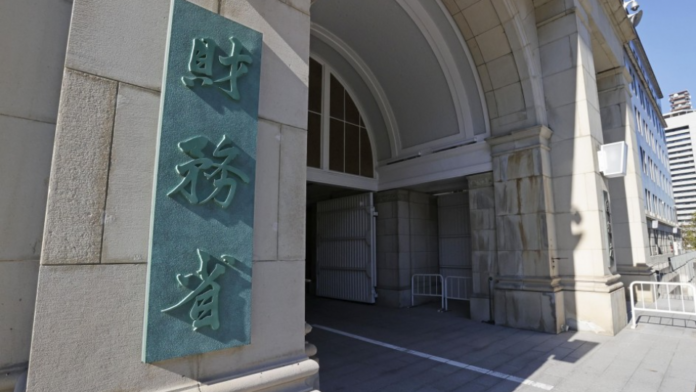The value of the yen fluctuated against the dollar on Friday from a new 32-year low in the upper 151 area to the 146 area, amid speculation that Japan intervened again in the currency market to prop up the weakened currency.
As reported by Kyodo Newsthe yen fell to the upper 151 zone against the dollar in London on Friday, on sentiment that the US Federal Reserve will continue its aggressive rate hikes to curb rising inflation.
The last time the yen traded in this zone was in July 1990, when Japan was in the final stages of its asset-inflated bubble economy.
In New York, the yen steadily sold off against the dollar and briefly approached the 152 line.
But the Japanese currency later advanced about 5 yen to the 146 area, and the rapid swing suggested that Tokyo may have carried out another intervention in the market to buy yen and sell dollars.
Japan’s top foreign exchange diplomat, Masato Kanda, was silent on whether Tokyo had made a new intervention like the one last month.
“I can’t comment on that,” the deputy finance minister for international affairs told reporters.
The yen continues to fall against the dollar
Japan carried out a record 2.84 billion yen ($19 billion) yen-buying and dollar-selling intervention on September 22 to support its weakened currency, which sank more than 20% in value. since the beginning of this year.
The yen’s depreciation against the dollar was halted for a while after Japan’s first market intervention in 24 years, but the yen’s value recently fell again.
Given the continued depreciation of the yen, the possibility of the Japanese monetary authorities moving ahead with another intervention has been closely watched. At the time of last month’s intervention, the yen was trading at the 145.90 level.
The yen’s decline reflects the widening interest rate gap between Japan and the United States, as the Bank of Japan’s commitment to its ultra-loose monetary policy contrasts with the Fed’s tightening.














